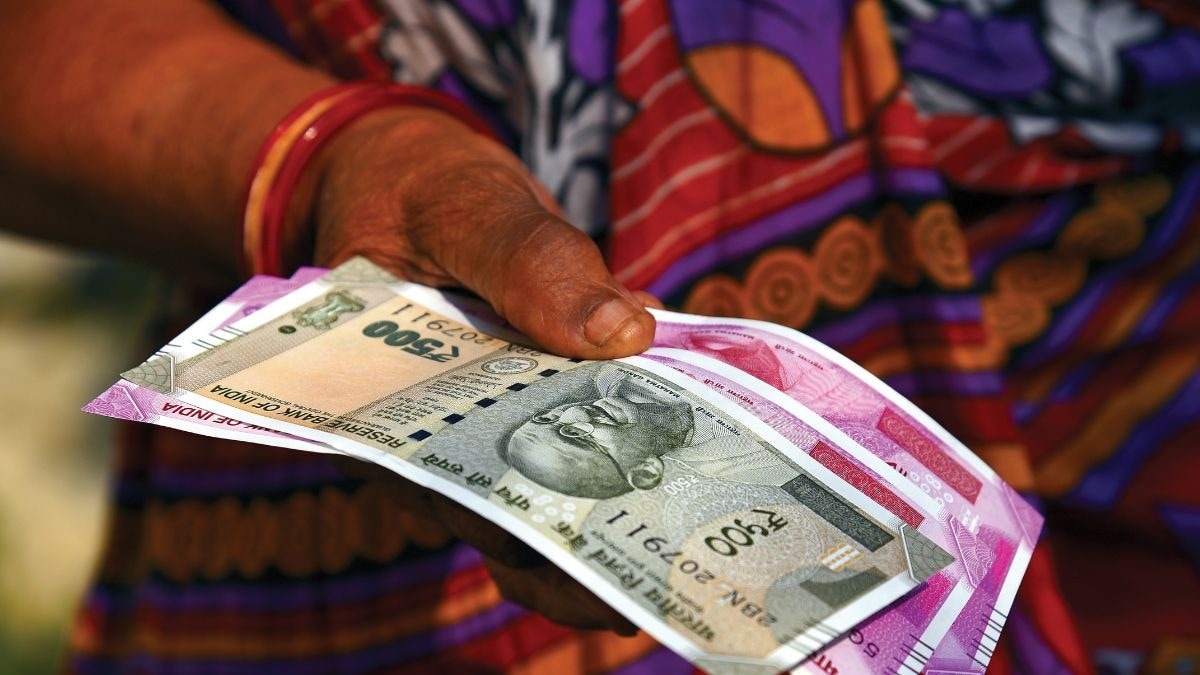Last Updated:
A comparison of disparity in income during AY15 and AY24 shows that there is a clear rightward shift in the income distribution curve, signifying people in lower income brackets are increasing their income to converge towards their share in population, says SBI.
For people with income up to Rs 3.5 lakh, the share in income disparity has reduced from 31.8 per cent in FY14 to 12.8 per cent in FY21.
There has been a cumulative 74.2 per cent decline in income disparity coverage for those earning up to Rs 5 lakh annually between fiscal years 2013-14 and 2022-23, said a State Bank of India (SBI) report on Friday.
According to the SBI report, India’s progressive tax regime has increased direct tax contributions to 56.7 per cent of total tax revenue in Assessment Year (AY) 2024, the highest in 14 years. Since FY2021, Personal Income Tax (PIT) collections have outpaced Corporate Income Tax (CIT), growing by 6% compared to CIT’s 3 per cent.
To paraphrase the “often myth of worsening inequality” in India, the research report from the Economic Department of SBI has analysed the income disparity curves of assessment years (AY) 2014-15/FY14 and AY24/FY23.
A comparison of disparity in income during AY15 and AY24 shows that there is a clear rightward shift in the income distribution curve, signifying people in lower income brackets are increasing their income to converge towards their share in population, it said.
“Our analysis shows that there has been a cumulative 74.2% decline in income disparity coverage for those earning up to Rs 5 lakh. This shows the continuous efforts of Govt are reaching the bottom of pyramid – that is leading to increase in income of ‘lower income group’ people,” said the report titled ‘How Tax Simplification has given a necessary fillip to ITR Filing’.
For people with income up to Rs 3.5 lakh, the share in income disparity has reduced from 31.8 per cent in FY14 to 12.8 per cent in FY21, signifying share of this bucket group has increased by a sharp 19 per cent income in comparison to their population, it added.
Lower income group (less than Rs 5.5 lakh) has registered a positive growth rate for all years in last decade (except AY20 – due to Covid pandemic), it added.
According to the research report, states such as Maharashtra, Delhi, Gujarat and Karnataka, which have been traditional leaders in income tax base are nearing saturation in ITR filing and their share in overall tax file base is decreasing continuously.
Uttar Pradesh is the leader in increasing share in income tax file base, followed by Bihar, Andhra Pradesh, Punjab and Rajasthan.
The SBI study further said that with an increasing alignment with progressive taxation regime, contribution of direct taxes to total tax revenue reached 56.7 per cent in AY24 (54.6 per cent in AY23), the highest in 14 years.
Direct taxes to GDP ratio inched up to 6.64 per cent in AY24, highest since 2000-01, vindicating the results of improving tax compliance, it said.
Income Tax Returns (ITRs) filed during AY24 witnessed a phenomenal jump, standing at about 8.6 crore (against about 7.3 crore in AY22).
A total of 6.89 crore or 79 per cent of the returns were filed on or before the due date, the concomitant result in the share of returns filed after due date (with fine) thus declining from a high of 60 per cent in AY20 to merely 21 per cent in AY24.
(With inputs from PTI)







